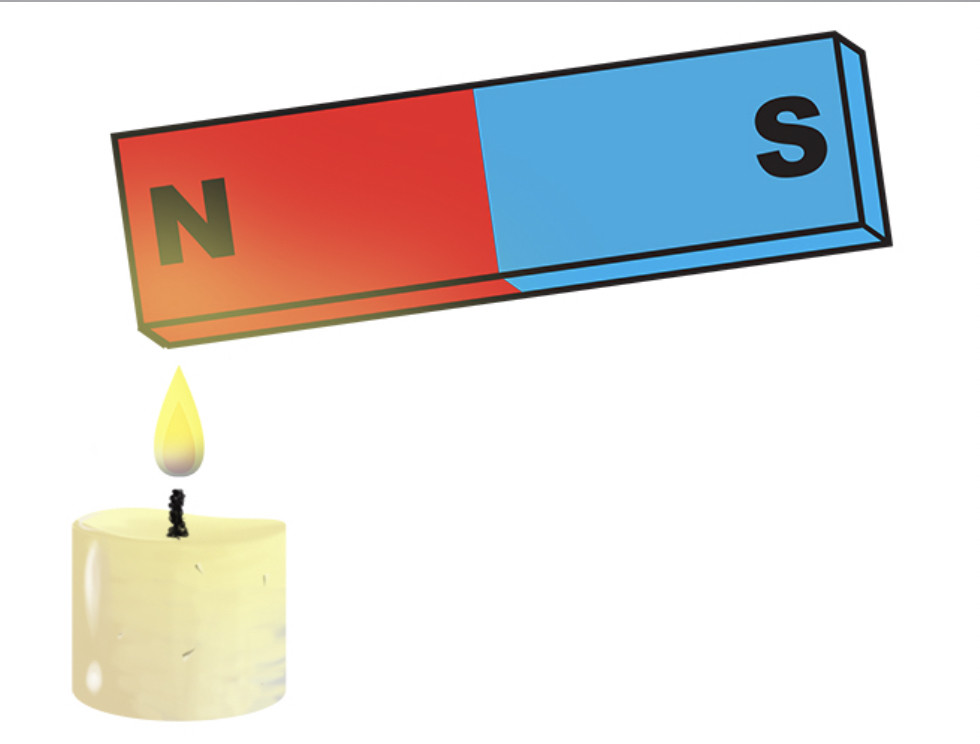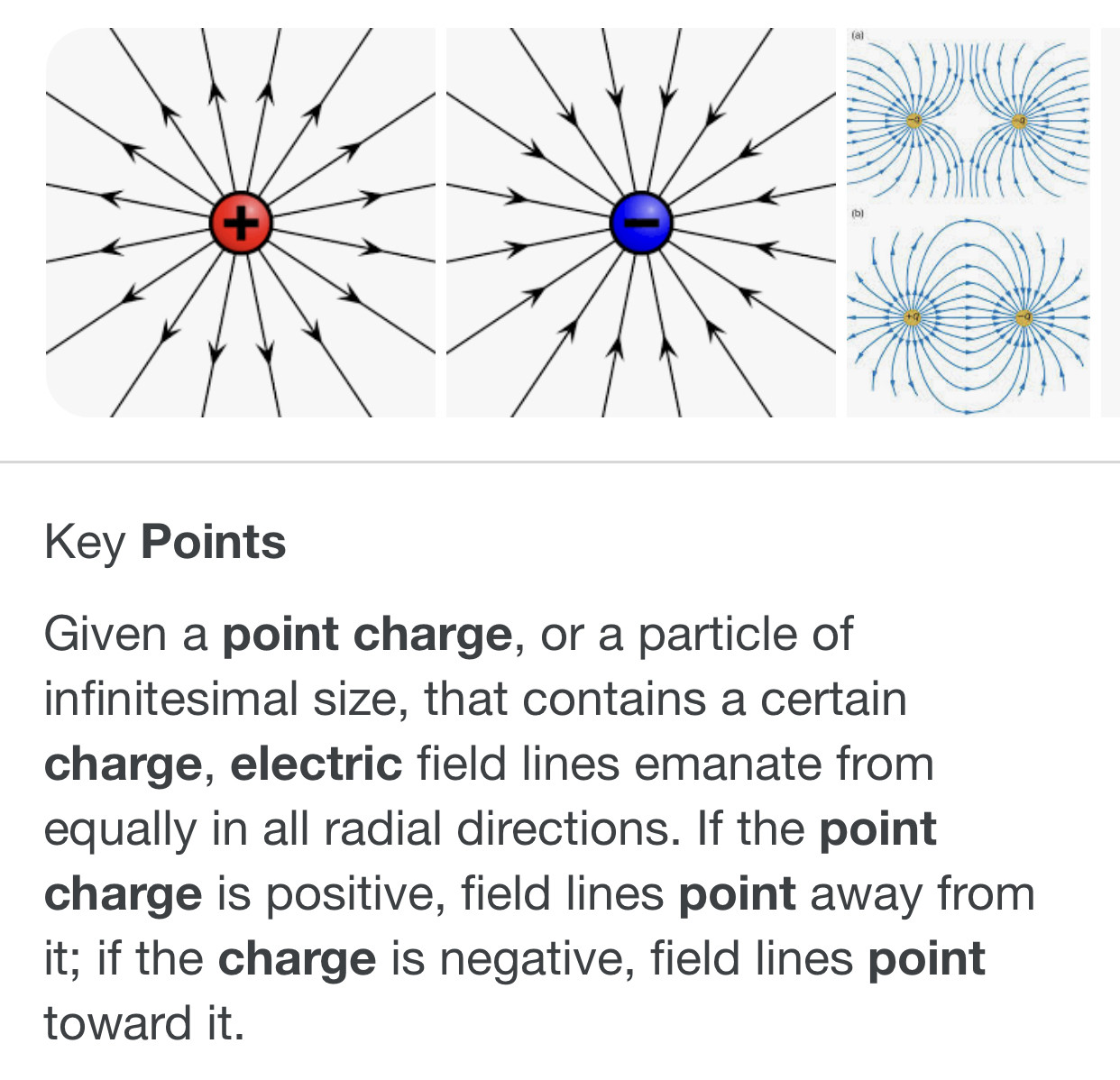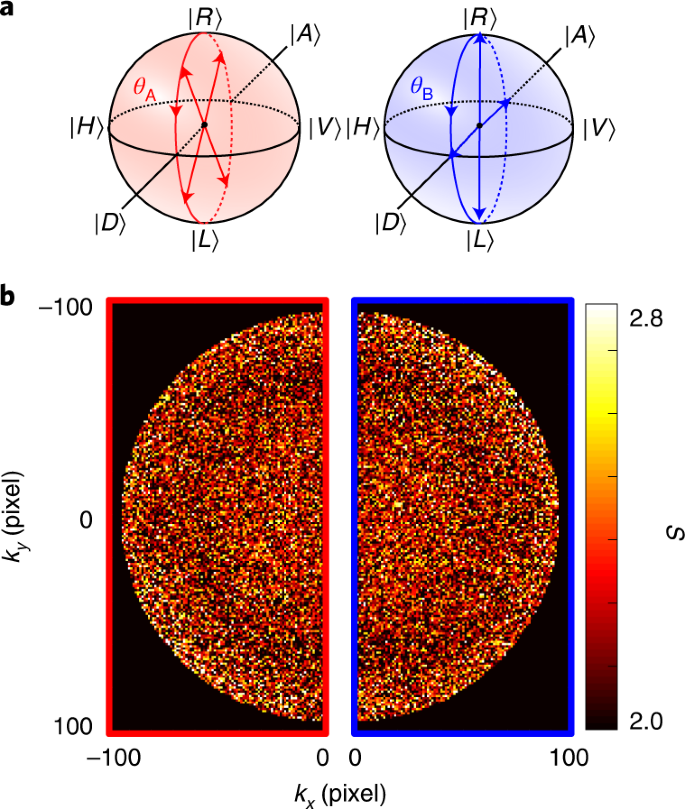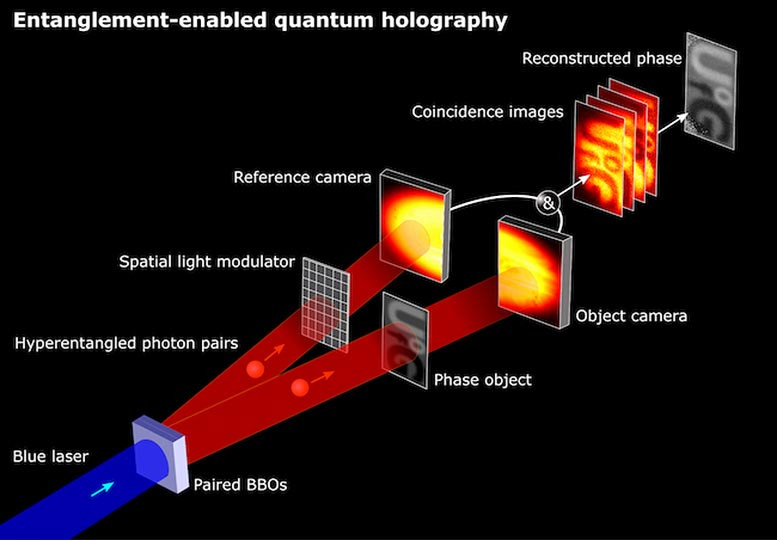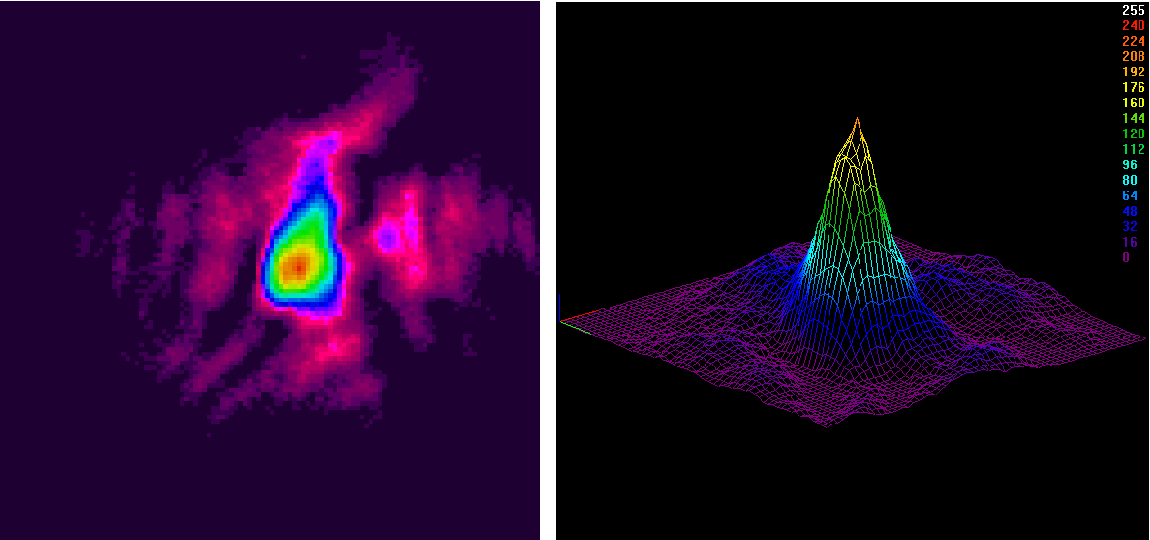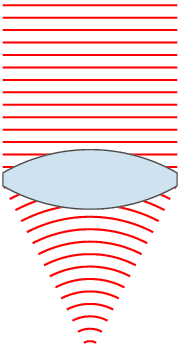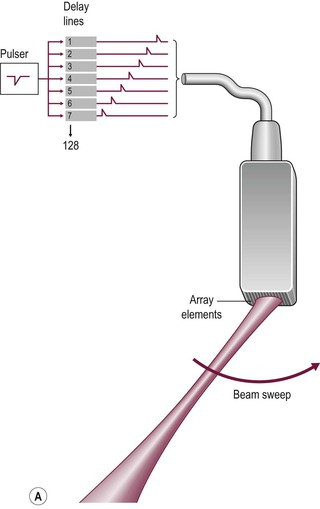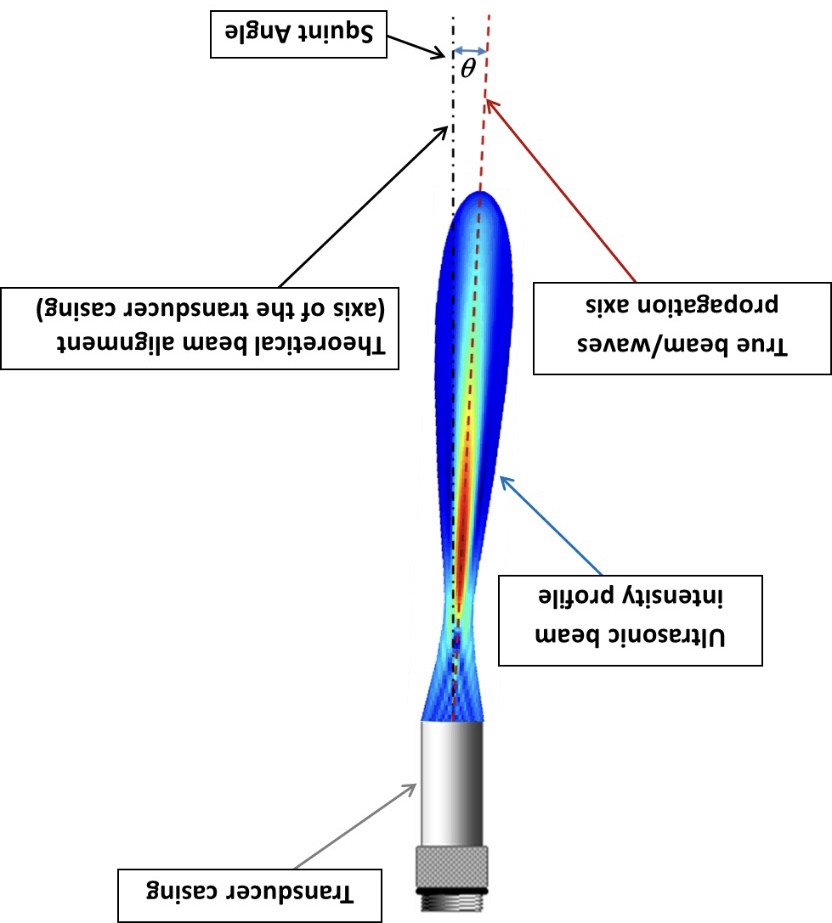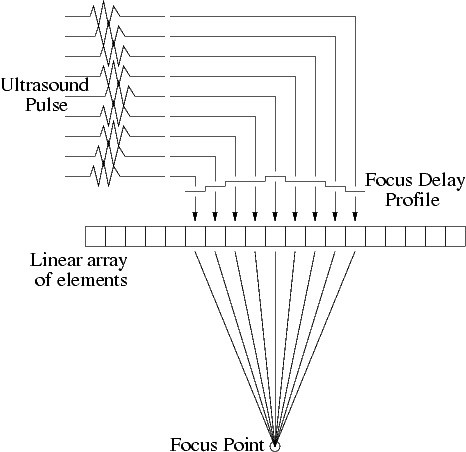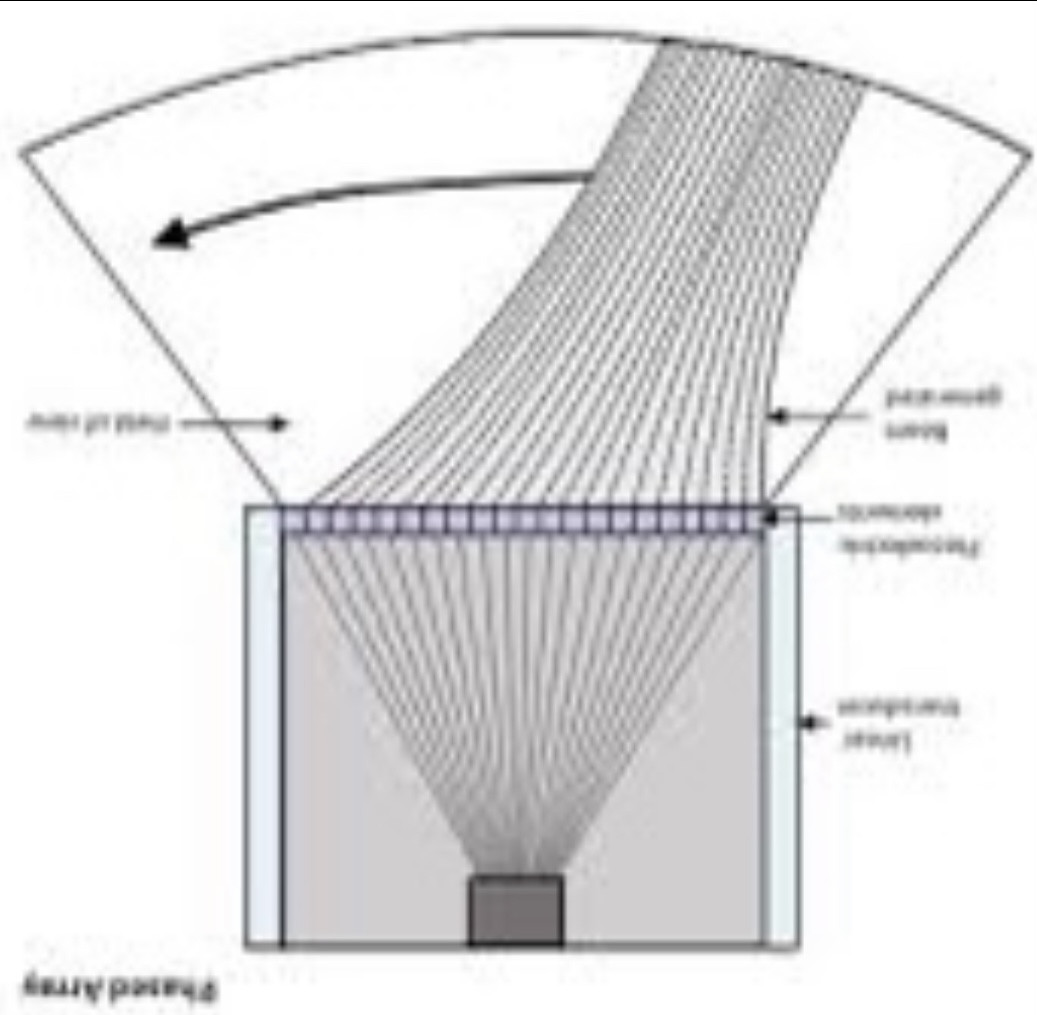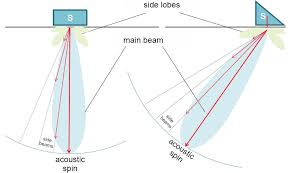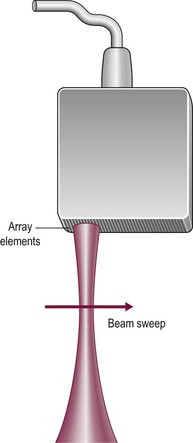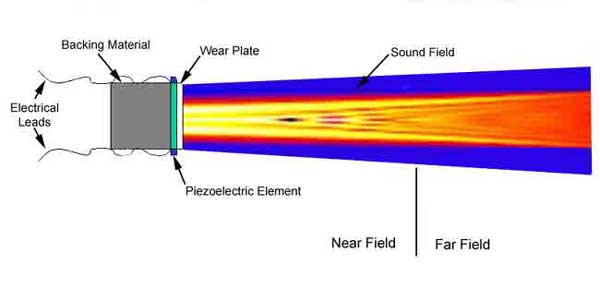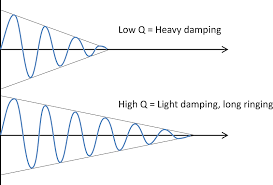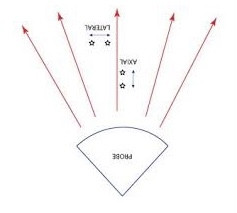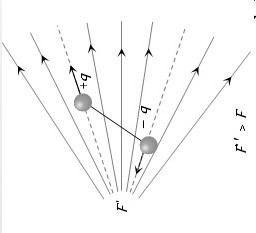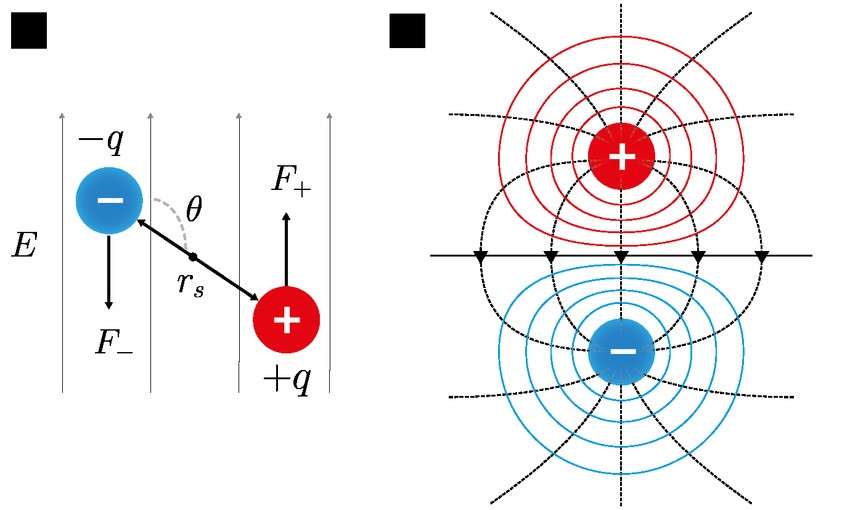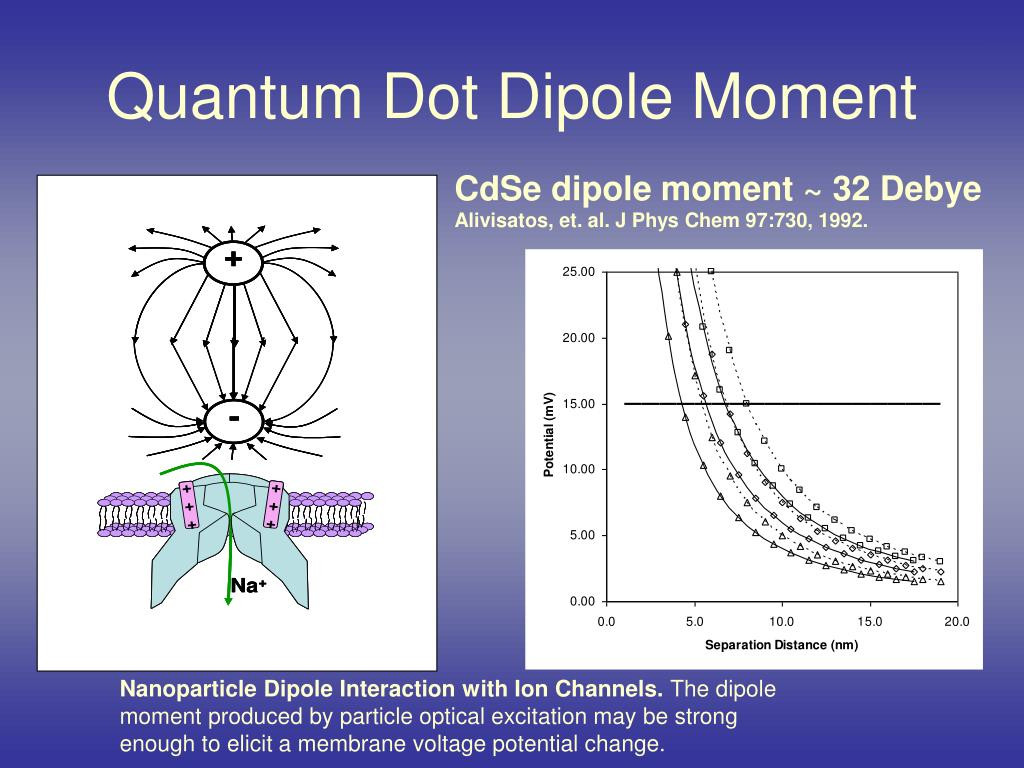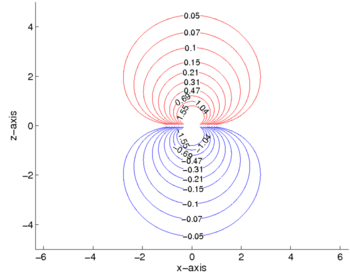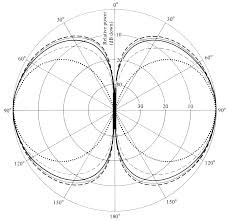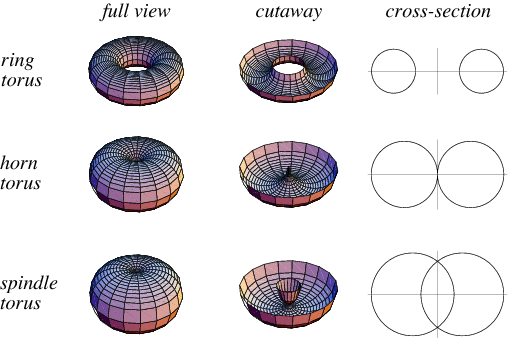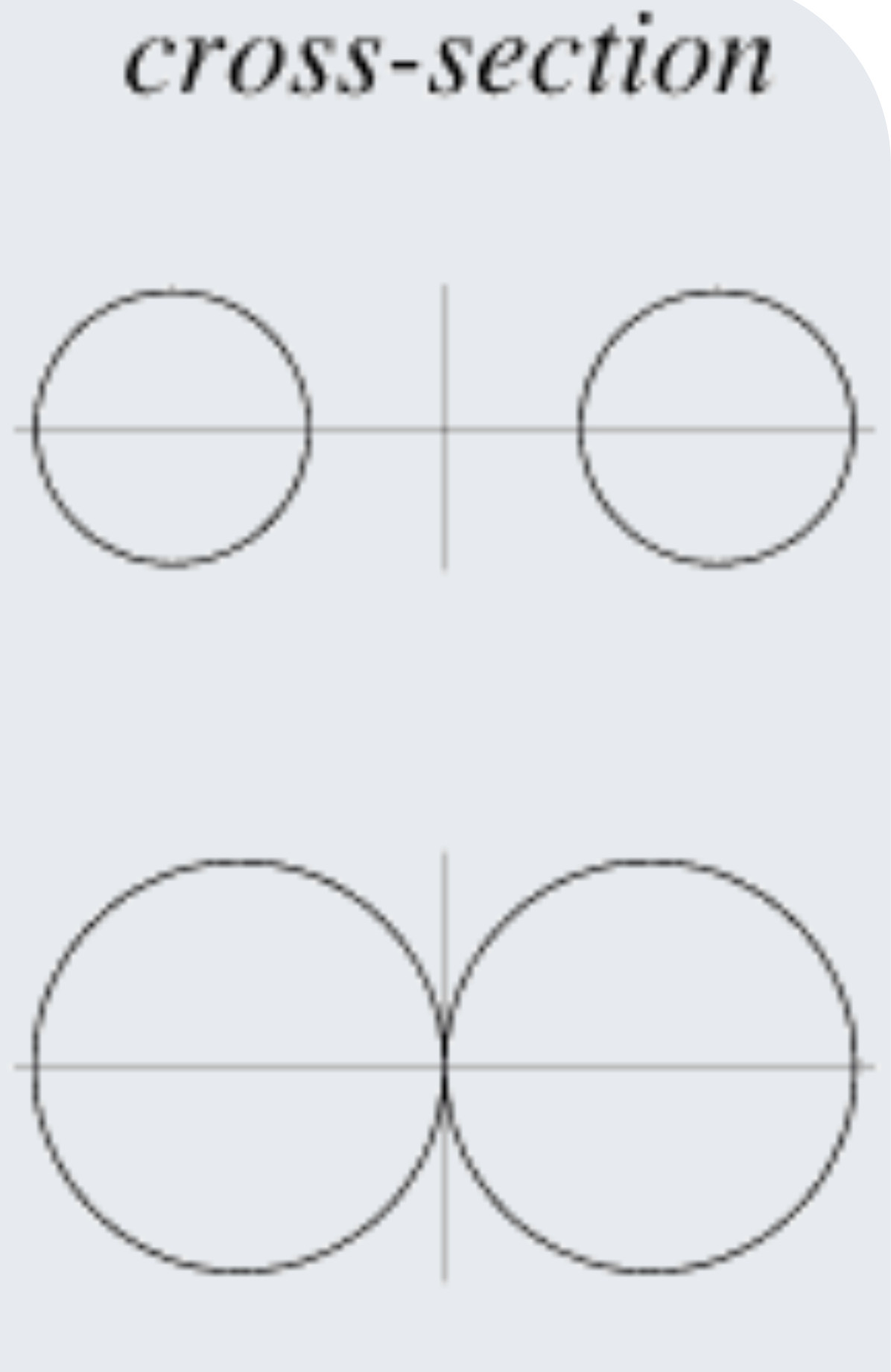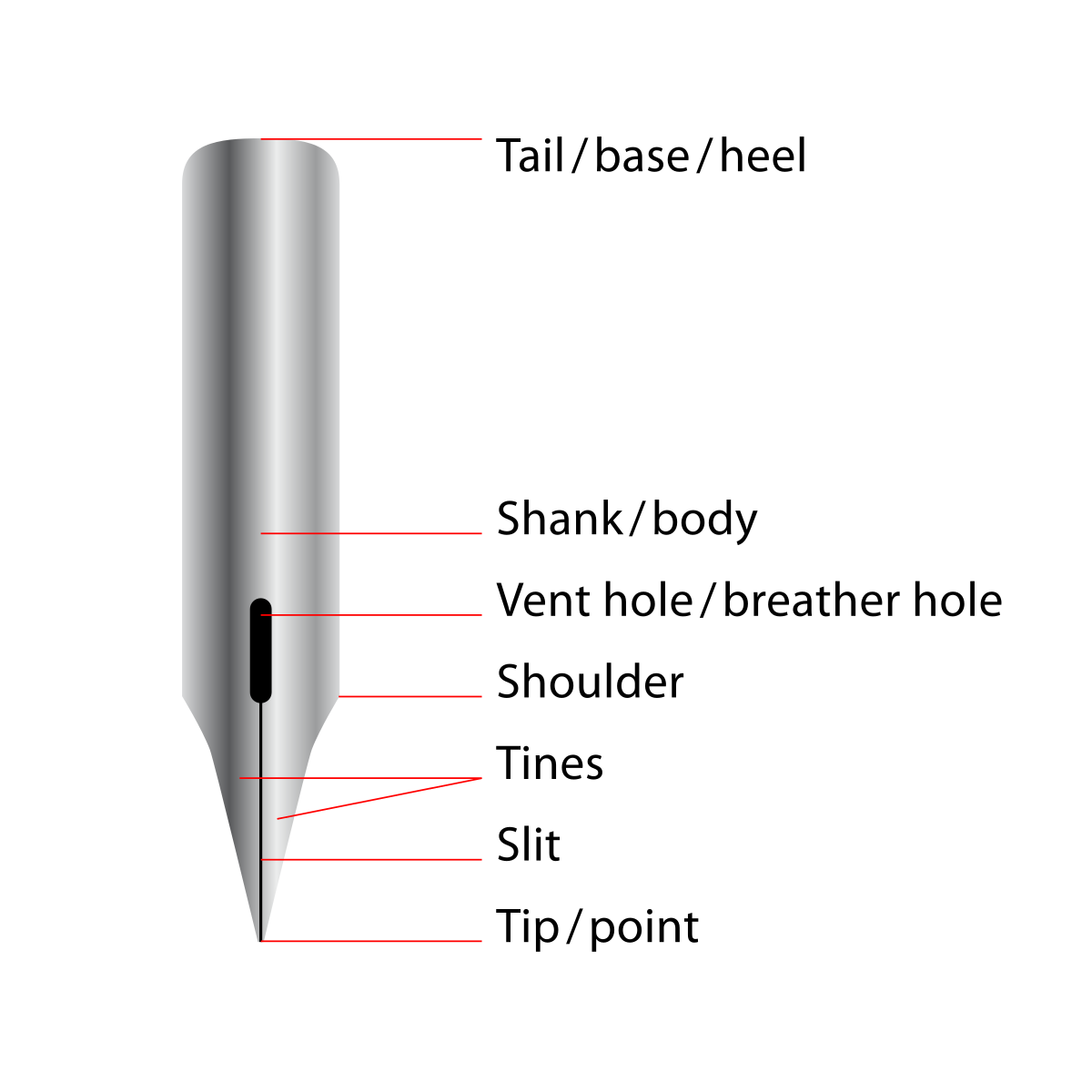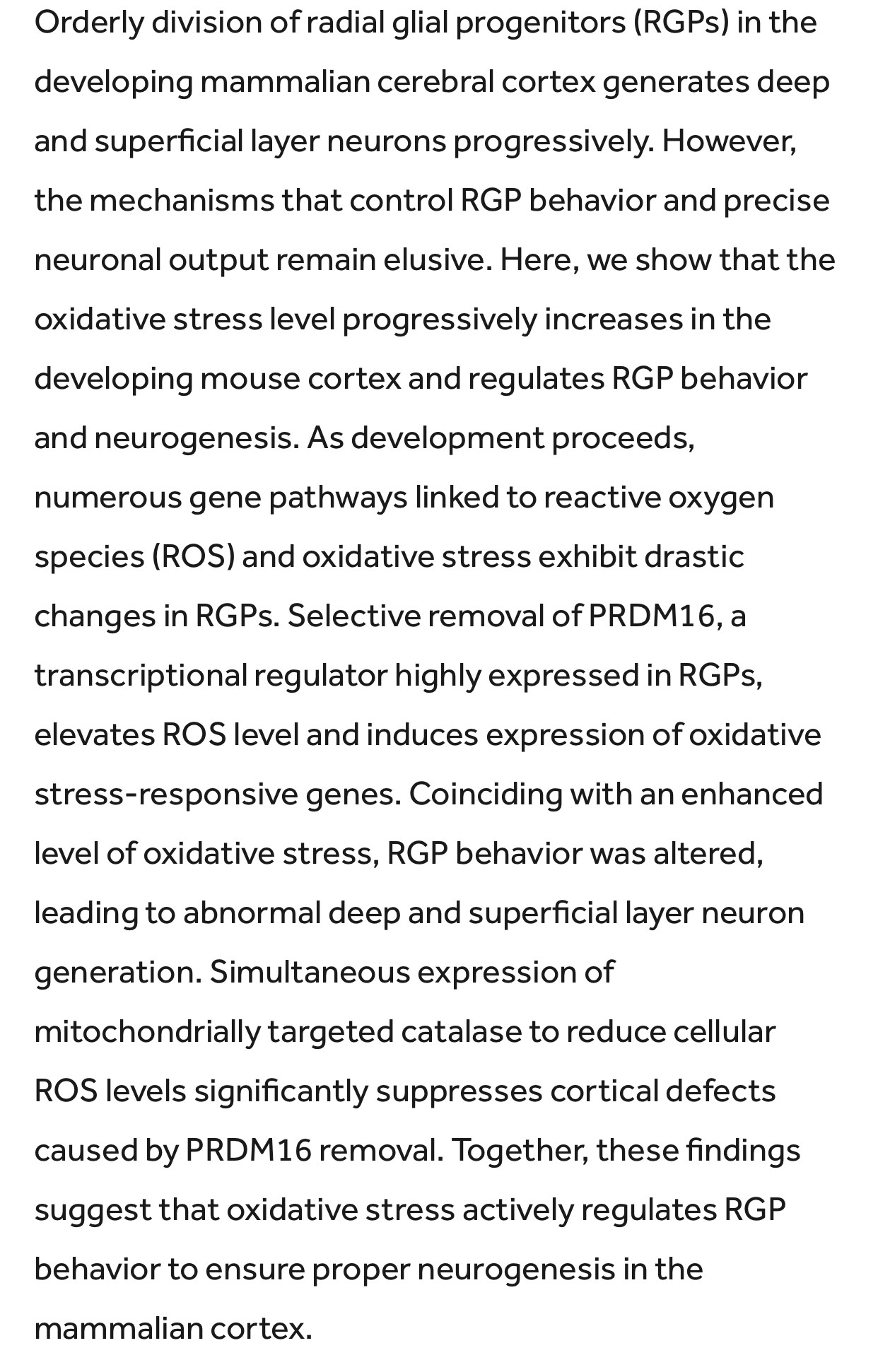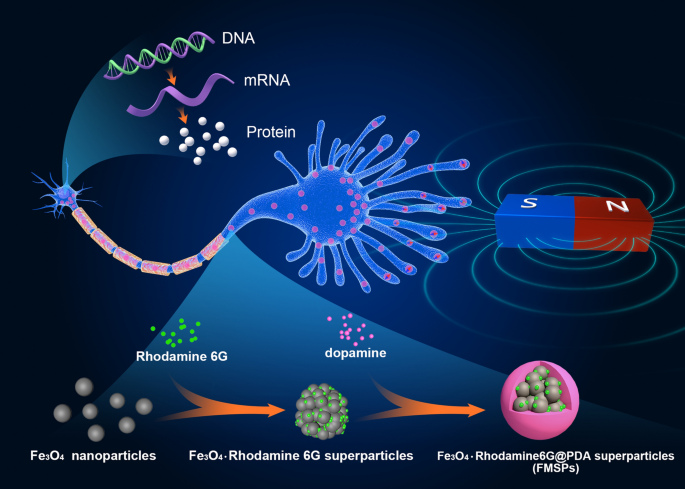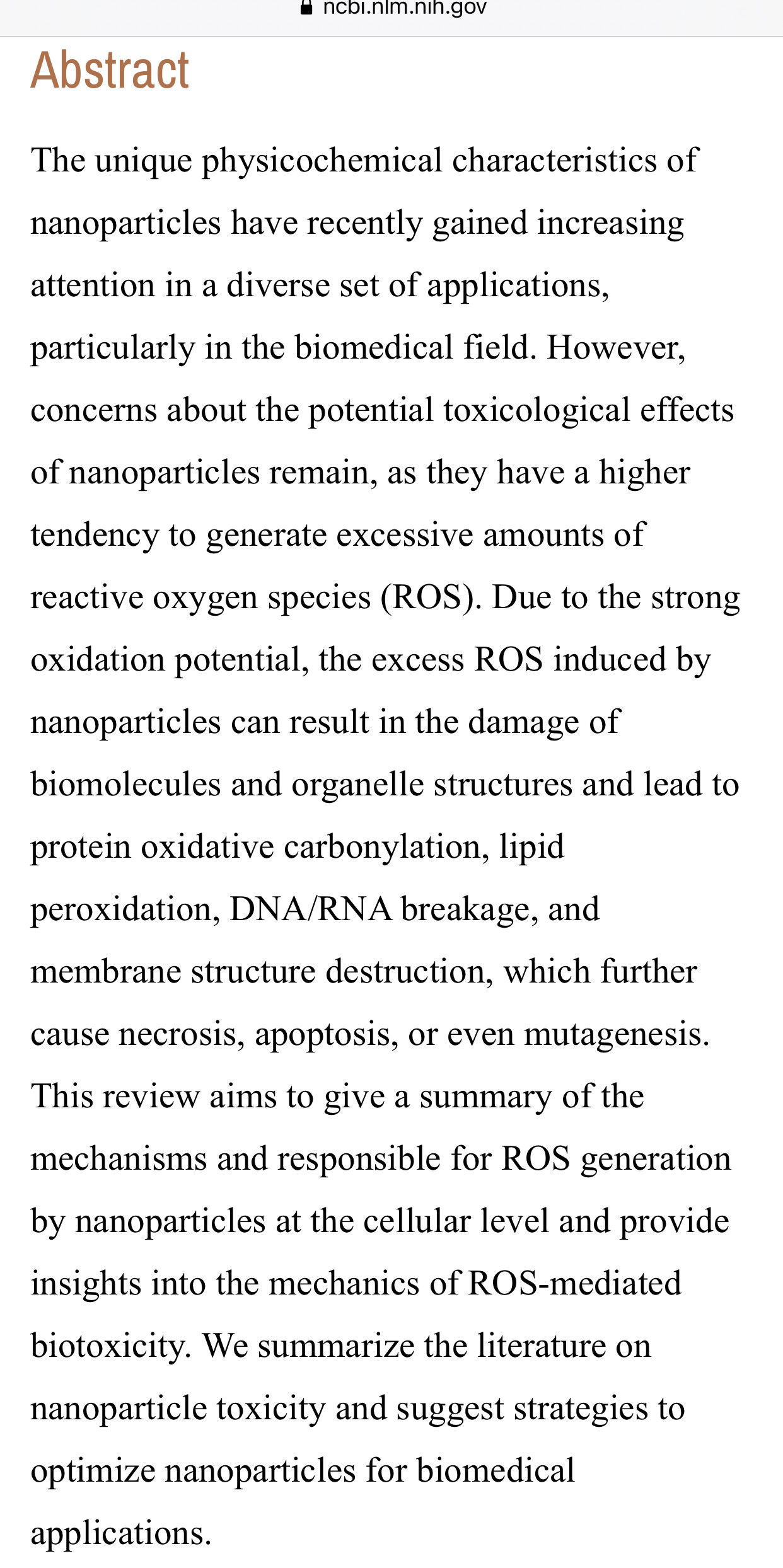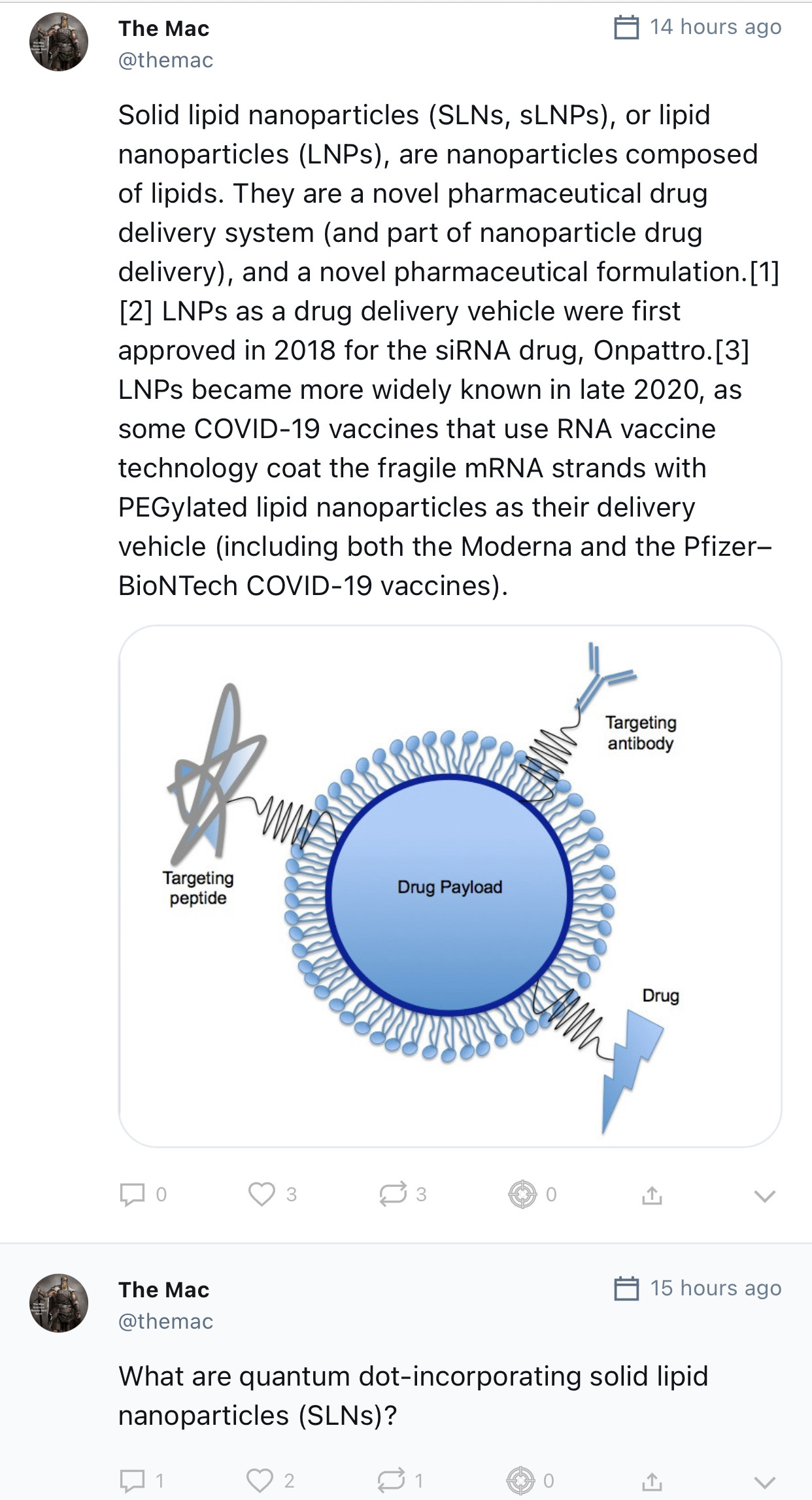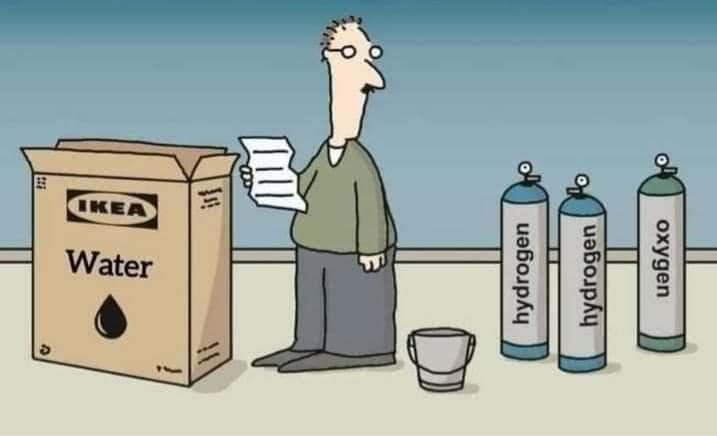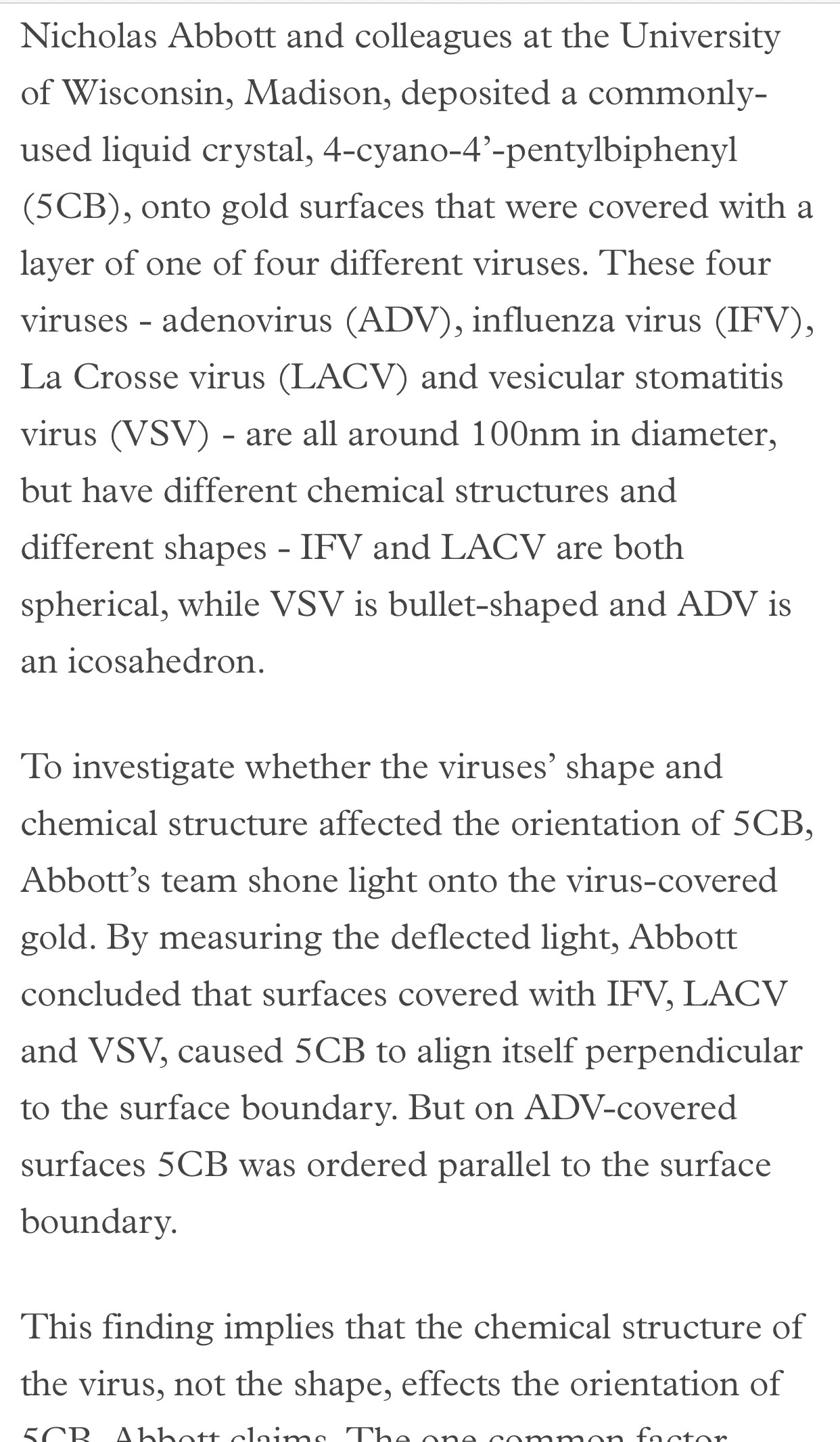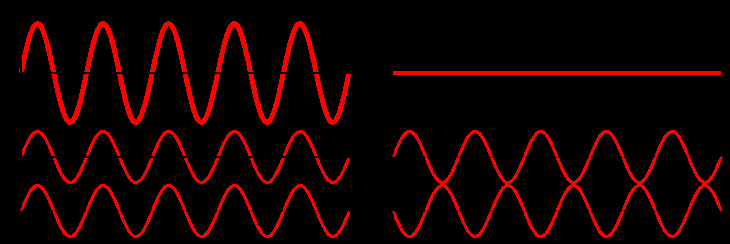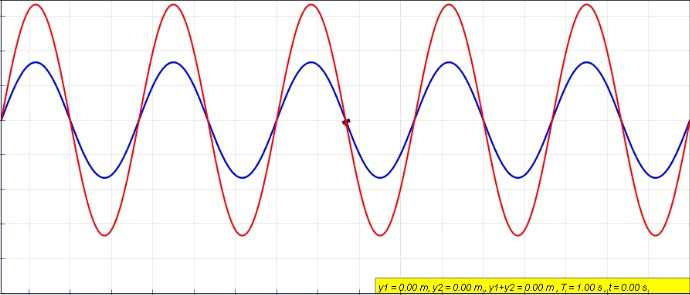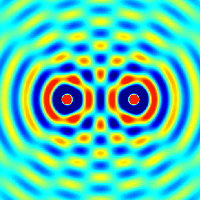An ideal Fermi gas is a state of matter which is an ensemble of many non-interacting fermions. Fermions are particles that obey Fermi–Dirac statistics, like electrons, protons, and neutrons, and, in general, particles with half-integer spin. These statistics determine the energy distribution of fermions in a Fermi gas in thermal equilibrium, and is characterized by their number density, temperature, and the set of available energy states. The model is named after the Italian physicist Enrico Fermi.
This physical model can be accurately applied to many systems with many fermions. Some key examples are the behaviour of charge carriers in a metal, nucleons in an atomic nucleus, neutrons in a neutron star, and electrons in a white dwarf.
🙏The GOD,The LOVE💖And The FREEDOM is my prayer!! ⭐ ЭQЄ Z❤️LOVEVII 💓 Κ:Κ=11:11=kinetic nuclear 🔥 Gold energy soul kicletic
I would like to ask you, if you want to tell me? in the corona of the sun eclipses are created by the hydrogen of the sun which is approved by the high temperature and they become plasma?
NASA: Physically, the chromosphere begins near the surface of the photosphere with a temperature near 4700 Celsius and a density of 1017 particles/cm3 (2x10-4 kg/m3), and at its highest level reaches a temperature near 25,000 Celsius and a lower density of 1010 particles/cm3 (2x10-11 kg/m3). But rather than being just a homogenous shell of plasma, it resembles the troposphere of our own planet Earth with complex storms and other phenomena roiling its volume from minute to minute.
The reason for this is that the magnetic fields formed at or below the surface of the photosphere are not confined to the solar surface, but extend through-out the chromosphere. Magnetic arcs, prominences and other carpets of magnetic activity repeatedly form and dissolve, releasing energy and stirring up the chromospheric plasma. Solar physicists call the chromosphere and the narrow region above it the solar ‘interface region’. It is a complex zone of plasma and magnetic field, which transmits matter and energy between the photosphere and the corona.
"magnetic activity repeatedly form and dissolve, releasing energy and stirring up the chromospheric plasma."
"with a temperature near 4700 Celsius"
Note: A dipole is a separation of opposite electrical charges. A dipole is quantified by its dipole moment (μ). A dipole moment is the distance between charges multiplied by the charge. ... The distance separating opposite electrical charges also affects the magnitude of the dipole moment.
In classical physics, the magnetic field of a dipole is calculated as the limit of either a current loop or a pair of charges as the source shrinks to a point while keeping the magnetic moment m constant. For the current loop, this limit is most easily derived from the vector potential.
Since atoms are surrounded by moving electrons, most of them act like little magnets themselves. ... All magnets have both a north and a south pole, which classifies them as dipoles. It is impossible to create a magnet with only one pole. Similar poles always repel each other, and opposite poles always attract.
An electric dipole deals with the separation of the positive and negative charges found in any electromagnetic system. A simple example of this system is a pair of electric charges of equal magnitude but opposite sign separated by some typically small distance. (A permanent electric dipole is called an electret.)
In Summary. The dipole magnets are used to bend the path of the electrons as they travel around the ring. Charged particles travelling in a magnetic field change direction. The stronger the current applied to the electromagnets, the more the electron beam is bent.
An ideal dipole consists of two opposite charges with infinitesimal separation. ... A key point is that the potential of the dipole falls off faster with distance R than that of the point charge.
The dipole consists of two point electric charges of opposite polarity
Negative affect is a broad concept that can be summarized as feelings of emotional distress (Watson, Clark, & Tellegen, 1988); more specifically, it is a construct that is defined by the common variance between anxiety, sadness, fear, anger, guilt and shame, irritability, and other unpleasant emotions.
overshadow.
verb. to be a negative feature or influence that spoils something.
deprive (someone or something) of significance or power.
an obscuring of the light from one celestial body by the passage of another between it and the observer or between it and its source of illumination.
a loss of significance or power in relation to another person or thing.
outshine
overshadow
put in the shade
surpass
exceed
excel
be superior to
outclass
outstrip
outdistance
outdo
top
cap
trump
transcend
tower above/over
dwarf
upstage
shame
put to shame
be head and shoulders above
be a cut above
extinguish
outrival
"a sea of blue sky violently eclipsed by showers"
blot out
block
cover
obscure
veil
shroud
hide
conceal
obliterate
darken
dim
shade
cast a shadow over
occult
be eclipsed
US LEGAL resident alien, WWG1WGA, Out of Darkness into Light. Tallyho!!
Project Blue Beam?
I am also wondering if the appearance of 'Nibiru', will be part of this ploy?
Optical systems can be described with Maxwell's equations, and linear propagating waves such as sound or electron beams have similar wave equations. However, given the above simplifications, Huygens' principle provides a quick method to predict the propagation of a wavefront through, for example, free space. The construction is as follows: Let every point on the wavefront be considered a new point source. By calculating the total effect from every point source, the resulting field at new points can be computed. Computational algorithms are often based on this approach. Specific cases for simple wavefronts can be computed directly. For example, a spherical wavefront will remain spherical as the energy of the wave is carried away equally in all directions. Such directions of energy flow, which are always perpendicular to the wavefront, are called rays creating multiple wavefronts.
The simplest form of a wavefront is the plane wave, where the rays are parallel to one another. The light from this type of wave is referred to as collimated light. The plane wavefront is a good model for a surface-section of a very large spherical wavefront; for instance, sunlight strikes the earth with a spherical wavefront that has a radius of about 150 million kilometers (1 AU). For many purposes, such a wavefront can be considered planar over distances of the diameter of Earth.
Wavefronts travel with the speed of light in all directions in an isotropic medium.
In physics, the wavefront of a time-varying field is the set (locus) of all points where the wave has the same phase of the sinusoid. The term is generally meaningful only for fields that, at each point, vary sinusoidally in time with a single temporal frequency (otherwise the phase is not well defined).
Wavefronts usually move with time. For waves propagating in an unidimensional medium, the wavefronts are usually single points; they are curves in a two dimensional medium, and surfaces in a three-dimensional one.
the pen is mightier than the sword
writing is more effective than military power or violence
For the Round Hand and Round Text, the Pen must be knibb'd even and square, and the Slit so long (yet the Point so strong) as on the least Pressure the Stroke may enlarge and display, or return to itself; the Knib being the Width of the Body-stroke of your Writing.
Mr. John Isaac Hawkins — an American by birth, though for nearly forty years a resident of Europe, chiefly of England, and now in this country in a vigorous old age — claims the original invention of the project of so forming a Pen from Gold as to render its point, or knib, thoroughly indestructible.
indestructible (not comparable)
Not destructible; incapable of decomposition or of being destroyed; invincible.
Synonyms: undestroyable, undestructable, unbreakable, unruinable, unwreckable
unbelievable (comparative more unbelievable, superlative most unbelievable)
Not to be believed.
Incredible; so surprising it is almost unable to believe.
The most unbelievable thing happened to me today!
This restaurant makes unbelievable pasta!
Implausible or improbable.
His excuse seems rather unbelievable.
Synonyms: improbable, infeasible, unlikely
Antonyms: feasible, likely, plausible, probable
From Middle English probable, from Old French probable, from Latin probābilis (“that may be proved, credible”), from probāre (“to test, examine”); see probe, prove. Compare recent doublet provable.
A phased array ultrasound transducer is typically 2-3 cm long, consisting of 64-128 elements. It is a smaller assembly than a sequential array and can be either linear or curvilinear. ... Small delays in element firing allow for electronic field steering and focusing without moving the ultrasound probe.
late Middle English: from Middle Low German knobbe ‘knot, knob, bud’.... 🥲
Middle English: from Middle Low German babbelen, or an independent English formation, as a frequentative based on the repeated syllable ba, typical of a child's early speech.
Autistic children also hear fewer words at 15 months, but they do not experience more conversational turns at that age than at 9 months. These children may produce fewer vocalizations than typical children do and respond less frequently to parents' speech.
Our ability to speak is controlled in the sensorimotor cortex, part of the brain's cerebral cortex.
When an electric current is applied to a piezoelectric crystal, it starts to vibrate and these vibrations generate sound waves with frequencies between 1.5 and 8 MHz (i.e ultrasound). Thus, piezoelectric crystals can convert electric currents into ultrasound waves.
A team of researchers at the University of Arizona has found that low-intensity ultrasound waves directed at a particular region of the brain's prefrontal cortex in healthy subjects can elevate mood, and decrease connectivity in a brain network that has been shown to be hyperactive in psychiatric disorders.
The results showed that 40 seconds of repetitive ultrasound changed brain activity for up to two hours. Ultrasound caused the stimulated brain area to interact more selectively with the rest of the brain. Notably, only the stimulated area changed its activity in this way.
Ultrasonic neuromodulation is a rapidly growing field, in which low-intensity ultrasound (US) is delivered to nervous system tissue, resulting in transient modulation of neural activity. ... The mechanisms by which US mechanically interacts with neurons and could affect firing are presented.
The process of normal neuronal firing takes place as a communication between neurons through electrical impulses and neurotransmitters. Such information is passed from neuron to neuron via the axons, which act like the cable or wires in your house.
Iron (/ˈaɪərn/) is a chemical element with symbol Fe (from Latin: ferrum) and atomic number 26. It is a metal that belongs to the first transition series and group 8 of the periodic table
Iron oxide nanoparticles are iron oxide particles with diameters between about 1 and 100 nanometers. The two main forms are magnetite (Fe3O4) and its oxidized form maghemite (γ-Fe2O3).
iron oxide oxidative stress brain from bmcneurosci.biomedcentral.com
by Z Yarjanli · 2017 · Cited by 101 — Due to the ability of iron for producing ROS, excess iron within the brain can be more dangerous than other tissues
Reactive Oxygen Species-Related Nanoparticle Toxicity in the Biomedical Field
The unique physicochemical characteristics of nanoparticles have recently gained increasing attention in a diverse set of applications, particularly in the biomedical field. However, concerns about the potential toxicological effects of nanoparticles ...
https://www.ncbi.nlm.nih.gov/pmc/articles/PMC7239959/Magnetic nanoparticles are a class of nanoparticle that can be manipulated using magnetic fields. Such particles commonly consist of two components, a magnetic material, often iron, nickel and cobalt, and a chemical component that has functionality. While nanoparticles are smaller than 1 micrometer in diameter (typically 1–100 nanometers), the larger microbeads are 0.5–500 micrometer in diameter. Magnetic nanoparticle clusters that are composed of a number of individual magnetic nanoparticles are known as magnetic nanobeads with a diameter of 50–200 nanometers.[1][2] Magnetic nanoparticle clusters are a basis for their further magnetic assembly into magnetic nanochains.[3] The magnetic nanoparticles have been the focus of much research recently because they possess attractive properties which could see potential use in catalysis including nanomaterial-based catalysts,[4] biomedicine [5] and tissue specific targeting,[6] magnetically tunable colloidal photonic crystals,[7] microfluidics
magnetic resonance imaging,[9] magnetic particle imaging,[10] data storage,[11][12] environmental remediation,[13] nanofluids,[14][15] optical filters,[16] defect sensor,[17] magnetic cooling[18][19] and cation sensors.
Solid lipid nanoparticles (SLN) are nanospheres made from biocompatible solid lipids, with unique advantages among drug carriers: they can be used as vehicles to cross the BBB.
US LEGAL resident alien, WWG1WGA, Out of Darkness into Light. Tallyho!!
Because electrons are labile (i.e., they can be transferred from atom to atom), it is possible for "charge separation" to occur. This phenomenon is often commonly referred to as static electricity.
The water molecule has a total of 10 protons and 10 electrons (8 from the oxygen atom and 1 from each of the two hydrogen atoms). Since it has the same number of protons and electrons, the water molecule is neutral. ... Unequal sharing of electrons makes water a polar molecule.
How do atoms split into water?
This is possible using a process known as electrolysis, which involves running a current through a water sample containing some soluble electrolyte. This breaks down the water into oxygen and hydrogen, which are released separately at the two electrodes
An electric force called voltage is created by separation of charge where as an electric fluid called current is created by motion of charge.
atom bomb
noun: atomic bomb
a bomb which derives its destructive power from the rapid release of nuclear energy by fission of heavy atomic nuclei, causing damage through heat, blast, and radioactivity.
The immense destructive power of atomic weapons derives from a sudden release of energy produced by splitting the nuclei of the fissile elements making up the bombs' core.
Semiconductor nanocrystals are called artificial atoms because of their atom-like discrete electronic structure resulting from quantum confinement. Artificial atoms can also be assembled into artificial molecules or solids, thus, extending the toolbox for material design.1
Newly created artificial atoms on a silicon chip could become the new basis for quantum computing
Quantum dots are sometimes referred to as artificial atoms
Inorganic semiconductor nanocrystals, also called quantum dots, have recently attracted considerable interest as fluorescent labels. We report that CdSe QDs initiate current bursts in lipid bilayer membranes upon application of a bias voltage.
For some viruses, the capsid is surrounded by lipid bilayer that contains viral proteins, usually including the proteins that enable the virus to bind to the host cells. This lipid and protein structure is called the virus envelope, and is derived from the host cell membranes.
Enveloped viruses acquire lipid membranes as their outer coat through interactions with cellular membranes during morphogenesis within, and egress from, infected cells. In contrast, non-enveloped viruses typically exit cells by cell lysis, and lipid membranes are not part of the released virions.
In virology. In 1935 tobacco mosaic virus became the first virus to be crystallized; in 1955 the poliomyelitis virus was crystallized. (A virus “crystal” consists of several thousand viruses and, because of its purity, is well suited for chemical studies.)
The process of transformation of viral components into organized solid particles is known as crystallization.
Viruses display liquid crystal control | News | Chemistry World
Researchers in the US have discovered that viruses can control the orientation of liquid crystals
https://www.chemistryworld.com/news/viruses-display-liquid-crystal-control/3004250.article"are all around 100nm in diameter,"
Synthesis of magnetic particles with superparamagnetism, high magnetization, excellent biocompatibility and small particle size is highly desirable for biomedical applications. Herein, we report that sub-100 nm biocompatible Fe3O4 nanocrystal clusters can be prepared via a solvothermal method by using water as a size-control agent and sodium citrate as a stabilizer. The resultant Fe3O4 particles have uniform spherical shape, superparamagnetic properties, high magnetization values, excellent colloidal stability and good biocompatibility.
Notably, the particle size can be tuned over a range of 70–180 nm by changing the content of H2O in the system. Moreover, the T2-weighted magnetic resonance imaging (MRI) experiments show that 85 nm Fe3O4 particles have an ultra-high r2 relaxivity of 175.4 mM−1 s−1, suggesting a great potential as MRI probes. In addition, the labeling efficiency of mesenchymal stem cells with as-obtained Fe3O4 particles is much higher than that of commercial superparamagnetic iron oxide nanoparticles, which further indicates their promising in biomedicine.
Photothermal therapy is a treatment modality that uses light to destroy cancer cells by heat (hyperthermia). Light in the NIR is used, as tissue has the lowest absorption in this region [10,11]. Photothermal therapy operates in two basic modes: light only or light coupled to a photothermal agent. The use of a photothermal agent, such as gold nanoparticles, allows the generated heat to be localized and intensified, confining damage strictly to the area of interest. The effectiveness of the photothermal therapy depends on the properties of the nanoparticles, which determine the absorption of light and conversion of light to heat
The optical properties of gold nanoparticles depend on their plasmon resonance, which can be tuned based on particle size, shape, architecture and environment.
Numerous particle types that absorb in the NIR have been developed for use in photothermal therapy
SPR occurs when polarized light strikes an electrically conducting surface at the interface between two media. This generates electron charge density waves called plasmons, reducing the intensity of reflected light at a specific angle known as the resonance angle, in proportion to the mass on a sensor surface.
A charge density wave (CDW) is an ordered quantum fluid of electrons in a linear chain compound or layered crystal. The electrons within a CDW form a standing wave pattern and sometimes collectively carry an electric current.
The electrons in such a CDW, like those in a superconductor, can flow through a linear chain compound en masse, in a highly correlated fashion. Unlike a superconductor, however, the electric CDW current often flows in a jerky fashion, much like water dripping from a faucet due to its electrostatic properties. In a CDW, the combined effects of pinning (due to impurities) and electrostatic interactions (due to the net electric charges of any CDW kinks) likely play critical roles in the CDW current's jerky behavior, as discussed in sections 4 & 5 below.
Most CDW's in metallic crystals form due to the wave-like nature of electrons – a manifestation of quantum mechanical wave-particle duality – causing the electronic charge density to become spatially modulated, i.e., to form periodic "bumps" in charge. This standing wave affects each electronic wave function, and is created by combining electron states, or wavefunctions, of opposite momenta. The effect is somewhat analogous to the standing wave in a guitar string, which can be viewed as the combination of two interfering, traveling waves moving in opposite directions (see interference (wave propagation)).
In physics, interference is a phenomenon in which two waves superpose to form a resultant wave of greater, lower, or the same amplitude. Constructive and destructive interference result from the interaction of waves that are correlated or coherent with each other, either because they come from the same source or because they have the same or nearly the same frequency. Interference effects can be observed with all types of waves, for example, light, radio, acoustic, surface water waves, gravity waves, or matter waves. The resulting images or graphs are called interferograms.
ironically...
Figuratively, to “walk on water” is to perform an impossible or godlike task: “When I told him the project had to be done by Tuesday, he made me feel as though I were asking him to walk on water.”

